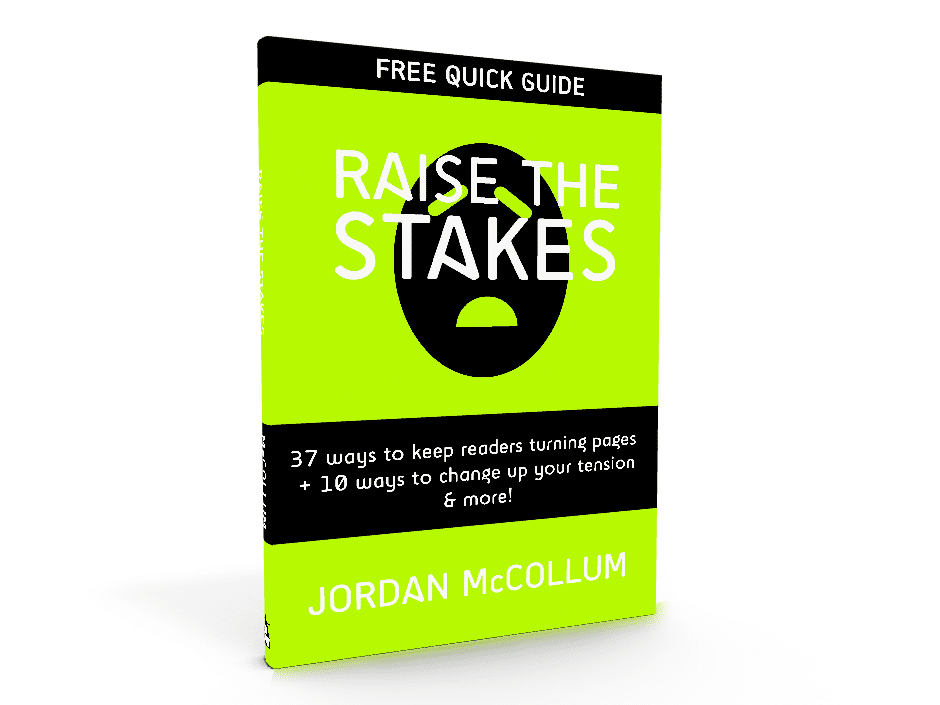So we’ve talked about the methods of conveying backstory—but we also need to hit on the purposes of backstory. Generally, I see two main uses for backstory: to explain why the character is the way he is (characterization) and does the things he does (motivation). Personally, I think using backstory for characterization is the weaker of the two reasons—but both come with caveats.
It seems like backstory in characterization is usually used to try to make us feel sympathy with the character. The errors can run either way. In “Sympathy without Saintliness,” editor and author Alicia Rasley lists several common faults in trying to create character sympathy—and backstory is two of them:
4) Giving the protagonist a lot of heroic backstory. Yeah, he was a big hero in the war. Yeah, she saved a lot of lives during that epidemic. But that was then. This is now. Backstory is just background– the character exists right now, and what he/she does now is what’s important. It might work if now he/she is burned out by all the heroics, self-doubting, feeling like an impostor… oops. Now we’re getting into the fun stuff…. hang on to that thought. 🙂
5) Giving the protagonist miserable backstory. This is often done in order to excuse some unsympathetic behavior or attitude [and is also a common technique to try to make villains sympathetic]. Yeah, he hates women, but it’s because his mother abandoned him! And his foster mother beat him! And his aunt framed him for murder! And his first girlfriend trapped him into marriage by getting pregnant! And…
Gag me.
Maybe we’re just hitting a nerve here with me, but frankly, I’m so tired of seeing that in fiction that instead of feeling that desired tug at the heart strings, I roll my eyes when I read about how he’s too short and her mother never, ever loved her. I know a lot of people who’ve been through bad times: abuse, living on the street, loss, grief. None of them automatically became fractured protagonists or villains. Geez, if these characters are going to act a certain way, let them take responsibility! Don’t just blame everyone else—that character made a choice somewhere along the way that made them into this person. (Possible exception: the character’s journey is about learning to take responsibility for his/her choices and actions.)
Alicia puts it better than I can: “While we want to sympathize with the characters, we don’t want them to be victims so battered by past events that they don’t actually live in the present. There’s also that ‘authenticity’ problem. If we lose the sense that this is a whole person, if we think the author just layered all these past traumas on, we won’t believe in the protagonist.”
We don’t want our stories or our characters to be trapped in the past. We need to remember to focus on the story. As Mystery Man on Film said:
What happens in the past, off screen, good or bad, does not affect sympathy. It’s what we see the character do in the present that determines how much we will or will not care about that character.
Backstory can definitely influence how our characters are and act—they had to come from somewhere!
But that’s not the only problem with backstory and characterization. If we use backstory as the primary way to build character sympathy, we’ll probably have to stop the present story to wedge in a long story about our character’s terrible childhood. We run the risk of boring our readers right out of caring about our characters. We need to focus on the scene—and story—at hand to find a way to get our readers caring.
What do you think? What’s the right way to use backstory for characterization?
Photo by Margarit Ralev


